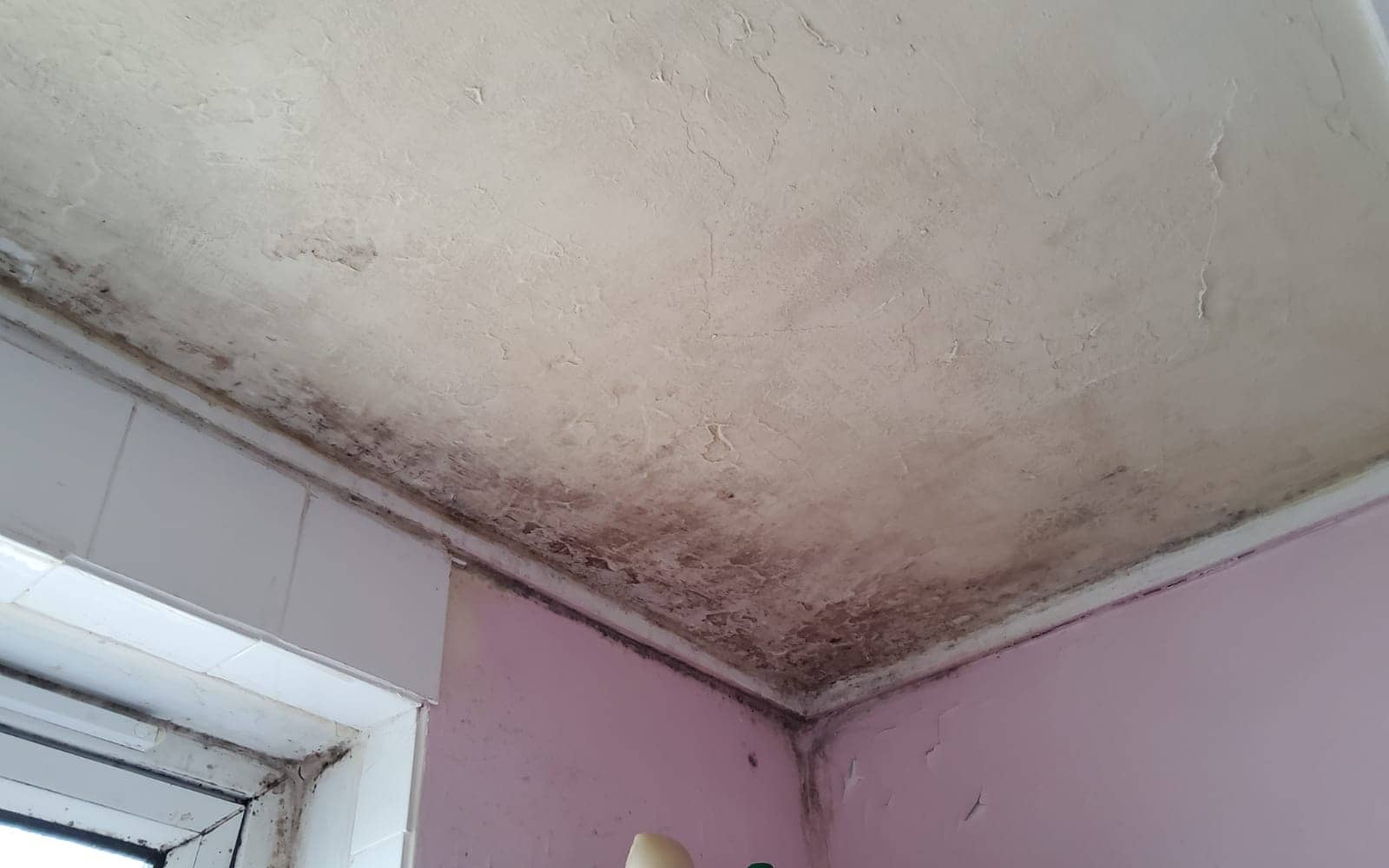Yes, the weather has a profound impact on the dampness that can creep into your home, and understanding this interplay is crucial for maintaining a healthy home environment.
The Dance of Moisture
Moisture, the elusive character in our home story, often enters the scene uninvited. Whether it’s the pitter-patter of raindrops or the frosty breath of winter, moisture has a knack for finding its way indoors. But how does it affect our houses?
Imagine your home as a living entity, with walls, ceilings, and floors acting as its protective skin. When the weather turns damp, this skin becomes vulnerable. Rain, for instance, is a notorious culprit. It pounds on your roof and walls, seeking any crack or crevice to infiltrate. Once inside, it doesn’t just evaporate into thin air; it lingers, seeping into the very fabric of your home.
The Art of Absorption
As the seasons change, so does the behaviour of dampness. During the summer, the warmth often encourages moisture to evaporate, allowing your home to breathe. However, winter takes a different turn. The cold air can’t hold as much moisture, leading to condensation on various surfaces. This condensed water becomes a breeding ground for dampness, silently creeping into the nooks and crannies.
Have you ever noticed those mysterious damp patches on your walls that seem to appear out of nowhere in winter? Blame it on condensation. The colder surfaces of your home, like windows and walls, meet warm, moist indoor air, resulting in the formation of tiny droplets. Over time, this can evolve into a full-fledged damp problem.
Winter Woes: Why Dampness Intensifies
Now, let’s shine a spotlight on why dampness seems to be more relentless during the winter months. It’s not just your imagination playing tricks; there’s a scientific reason behind it.
Cold Conundrum
During winter, temperatures plummet, and cold air can’t retain as much moisture. This creates a stark contrast with the warm, moisture-laden air inside your home. The clash of temperatures leads to condensation, fostering an environment where dampness thrives. It’s like a chilly invitation for unwanted guests—damp and mould.
Closed-Door Dilemma
In a bid to keep the winter chill at bay, we tend to seal our homes tightly. While this helps in keeping the cold breeze out, it inadvertently traps moisture inside. The lack of ventilation creates a breeding ground for dampness, turning our homes into cosy havens for the unseen menace.
The Role of Hygge Heating
As we crank up the heating to create a snug atmosphere, we inadvertently amplify the dampness dilemma. Warmer air can hold more moisture, but when this warm air collides with cold surfaces, it condenses, creating an ideal environment for dampness to thrive.
Battling the Winter Dampness
Now that we’ve uncovered the intricacies of how winter exacerbates dampness, let’s explore practical steps to keep your home dry and cosy.
Ventilation Virtues
While it might seem counterintuitive to let cold air in, proper ventilation is key to tackling dampness. Open windows regularly, even if it’s just for a few minutes, to allow fresh air to circulate. This simple act can go a long way in preventing the build-up of moisture.
Moisture Monitors
Investing in a moisture metre is like having a detective for your home. These handy gadgets measure the moisture content in various surfaces, helping you identify potential damp hotspots before they become major issues. Early detection is the key to effective prevention.
Dehumidifier Delights
Consider introducing a dehumidifier into your home, especially during the winter months. These devices work tirelessly to extract excess moisture from the air, creating an inhospitable environment for dampness. It’s like having a guardian against the silent invaders lurking in the shadows.
Making a Housing Disrepair Claim with National Claims
If, despite your best efforts, dampness has taken hold of your home, don’t despair. At National Claims, we understand the nuances of housing disrepair, especially when it comes to weather-related issues. Our team is dedicated to helping homeowners navigate the complexities of making housing disrepair claims, ensuring that your voice is heard and your home is restored to its optimal condition.
Whether it’s water damage from a leaky roof or persistent dampness due to structural issues, National Claims is here to guide you through the claims process. We work tirelessly to advocate for your rights, liaising with landlords, contractors, and relevant authorities to ensure a swift and satisfactory resolution to your housing disrepair concerns.

Conclusion: A Cosy, Dry Haven
In the grand narrative of homeownership, understanding the impact of weather on dampness is akin to knowing the plot twists of your favourite book. As winter settles in, be proactive in your defence against dampness. Embrace the warmth, but also let your home breathe. Through a combination of ventilation, monitoring, and dehumidifying, you can create a haven that withstands the seasonal whims with resilience.
In the end, the story of your home and the weather is one of balance. Strive to strike that equilibrium, and you’ll ensure that your cosy winter evenings remain delightful, free from the unseen clutches of dampness. After all, a home that weathers the seasons with grace is a home truly well-loved.
Get a start on your claim with the help of one of our claims specialists today by contacting us.
Click below to see why we are one of the most trusted claims management companies in the UK.

We’re proud of our excellent customer reviews
We thrive on delivering exceptional service and ensuring our clients’ satisfaction. Don’t just take our word for it. Check out some of our independent reviews to see what our clients have to say.
Excellent

This firm is excellent, they sorted out my car pay out and injury claim very fast, they always communicate with you all the time.

My accident case was dealt with confidence and with great result of the outcome, especially James kept me informed all the time.

I was very impressed at the way my inquiry was treated. I was listened to attentively and everything I needed to know was explained to me.






